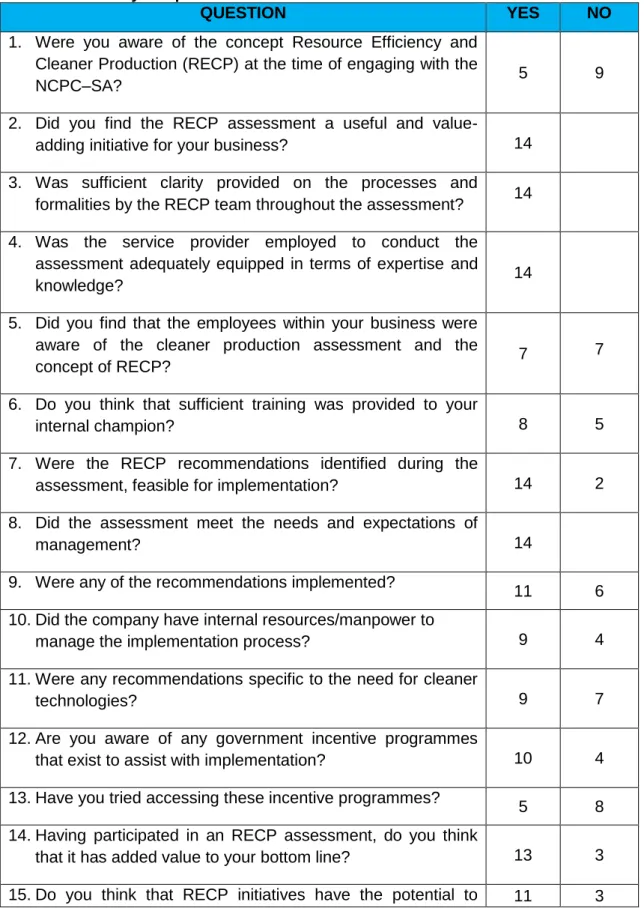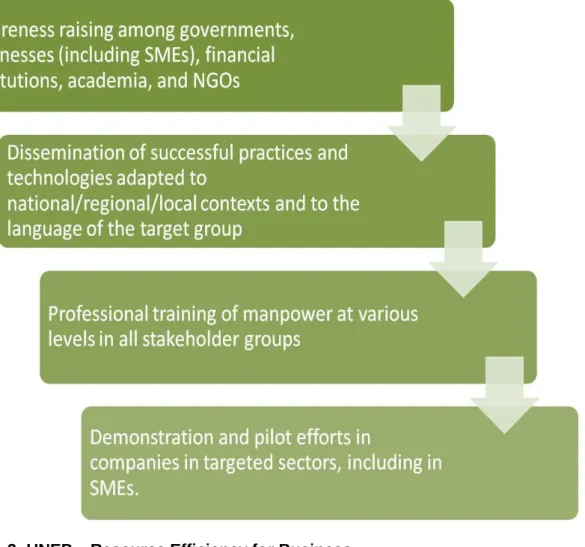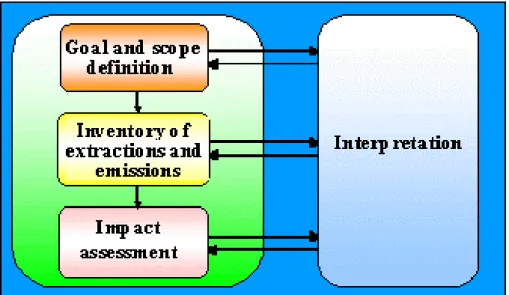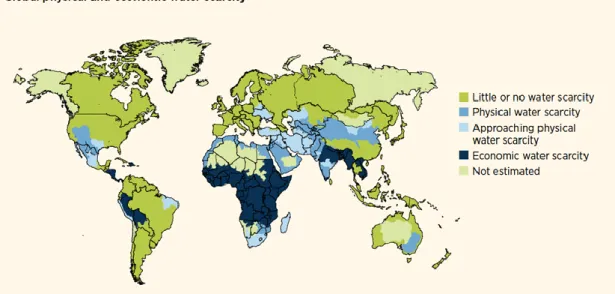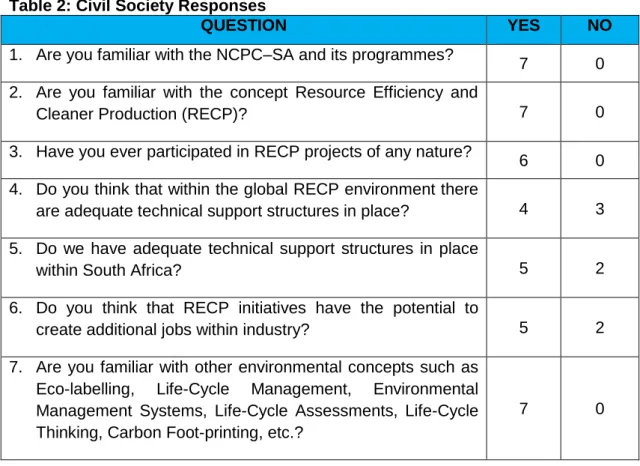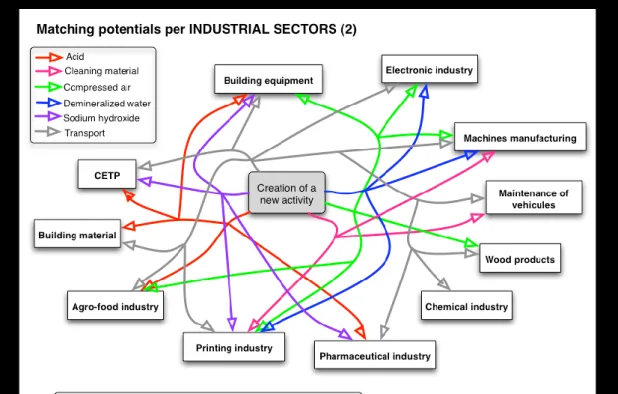This research study explores how environmental tools such as Resource Efficiency and Cleaner Production (RECP) can contribute to sustaining and supporting economic growth in South Africa. dr. Camaren Peter – for his valuable support during the writing of this research paper.
Brief Outline
Economic growth in the South African economy is historically resource, energy and carbon intensive (Fine & Rustomjee, 1996) and dependent on the mineral-energy complex (MEC). Evidence suggests that without significant diversification of the SA economy, economic growth is likely to be limited in the long term (DSBA, 2011; NPC, 2012).
Challenges and Resource Constraints
- Climate Change
- Energy
- Water
- Population and Urbanisation
Some of the power plants in South Africa are reaching the end of their useful lives. South Africa is one of the most water-scarce countries in the world (DBSA, 2012), and with an average annual rainfall of 497 mm, South Africa is a dry country (Swilling c& Fischer Kowalski, 2010).
Summary: The Resource Efficiency and Cleaner Production Challenge
These challenges examine cleaner technologies, renewable energy, policies and also the link between business strategies and resource efficiency and cleaner production (RECP). The following section describes the objectives of the research and highlights why resource efficiency and cleaner production are seen as a challenge for both industry and
Problem Statement and Objectives of Research
This is key to maintaining businesses as they will have the required internal capacity and do not require further direct involvement from the NCPC–SA. Lakhani (2006) examines some of the reasons why a number of cleaner production processes in South Africa have been unsuccessful.
Research Questions
The NCPC-SA also has other supporting and collaborative programs related to the Department of Environmental Affairs (DEA), the City of Cape Town's Local Economic Development Division, the Department of Trade and Industry's The Enterprise Organization (TEO), the Department of Trade and Industry's Cooperatives Department, The Industrial Development Corporation (IDC) and many others. What opportunities and incentives are available in South Africa for resource efficiency and cleaner production initiatives.
General Summary of Objectives and Method
It is strategically important for companies to define exactly what training will be required to increase their knowledge base on resource efficiency and cleaner production. One of the key objectives is to understand the barriers and needs of the industry, as this will help NCPC–SA improve service delivery to industry and other stakeholders.
Introduction
Cleaner Production in the 21st Century
- Defining Cleaner Production
- Cleaner Production and Economic Growth
- Cleaner Production Options and Benefits
- Implications for South Africa
The smart economy echoes what resource efficiency and cleaner manufacturing initiatives aim to raise, and the principles are aligned to achieve this thinking. Cleaner production is a preventive strategy to reduce the impact of production and products on the environment.
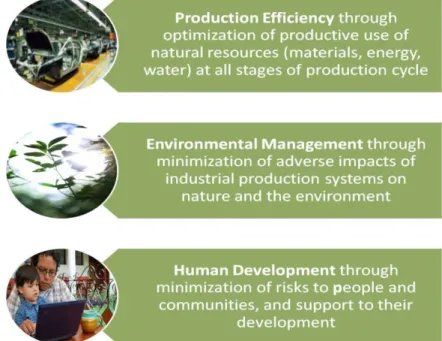
The Green Economy
This will be outlined through the steps discussed in the green economy in the next section. Therefore, based on the national priority programs set out for the green economy in South Africa and which are strongly linked to the strategic goals of the Department of Environmental Affairs, it can be seen that resource efficiency is very high on the agenda as a key driver. to be followed. durability.
Sustainable Consumption and Production
Based on these principles, sustainable consumption and production can be summarized as a process of economic development that improves quality of life, while reducing environmental impacts over the full life cycle. Life cycle approaches are discussed in more detail in the next section, but it is critical to note the importance of using life cycle thinking to create a sustainable link within the value chain.
Life-Cycle Approaches
- Life-Cycle Thinking
- Life-Cycle Management (LCM)
- Life-Cycle Assessments
- Life-Cycle Inventory
- The Life-Cycle Impact Assessment
Life cycle assessments (LCAs) are designed as tools for the systematic evaluation of the environmental aspects of a product or service system at all stages of its life cycle (ISO, 2006). The Life-Cycle Impact Assessment (LCIA) program aims to increase the quality and global reach of life-cycle indicators by promoting the exchange of views between experts whose work results in a set of widely accepted recommendations (UNEP, 2005).
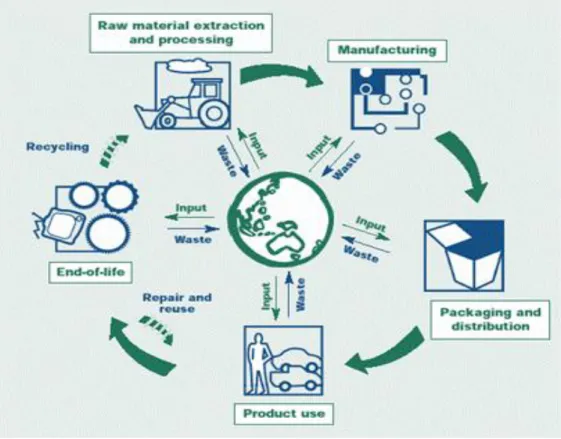
Eco-labelling
Although resource efficiency and cleaner production interventions aim to optimize resources and reduce waste, life cycle methodologies take an integrated approach to create connectivity along the value chain. The next section covers eco-labelling, which is another sustainable consumption and production tool; it describes in detail how this instrument, through a life cycle assessment approach, is able to guide products to become more environmentally friendly.
Environmental Management Systems
Good environmental performance is not only a legal or moral obligation, but also makes good business sense. An Environmental Management System (EMS) specifies how an organization can formulate an environmental policy and objectives, taking into account legal requirements and information on significant environmental impacts (UNEP, 2005).
Decoupling
The next section discusses decoupling and describes its inherent synergy with resource efficiency and cleaner production. There are two types of decoupling: “resource decoupling,” which refers to decoupling growth rates from resource extraction, and.
Urbanisation
Electricity demand and pricing in South Africa has increased dramatically in recent years and many concerns have surfaced due to South Africa's slow economic growth. South Africa has the largest and most industrialized economy in Africa, the twenty-eighth largest economy in the world, and almost 62 percent of the total population of 50 million people live in urban areas (Turok, 2012).
Energy Efficiency
Reducing energy use is also seen as a solution to the problem of reducing emissions (IEA, 2010). South Africa ranks in the top 20 countries as measured by absolute carbon dioxide (CO2) emissions, with per capita emissions in the region of 10 metric tons per year (National Treasury, 2013b).
Water Resources and Foot-printing
Different countries use and pollute vastly different amounts of water, causing critically different levels of water stress in national water resources. Poor management of water resources threatens sustainable development, so water must be managed well to ensure good human health. SA is a water-scarce country and requires higher levels of water efficiency in various sectors such as industry, mining, power generation, agriculture, etc.
Natural Resources
Although less than one percent of the water on Earth is currently accessible for direct human use, there is sufficient water available to meet human and environmental needs (WWF, 2010). As one of the objectives of sustainable consumption and production, decoupling, which is the process of reducing resource intensity and environmental damage associated with economic activities, ensures continuous economic growth through the sustainable use of material resources, energy and ecosystems (UNEP , 2012d). Transition, which is another objective of sustainable consumption and production, refers to the adoption of modern technologies, and this is most important for renewable energy technologies.
Waste to Energy
The rate of municipal solid waste (MSW) generation is influenced by economic development, degree of industrialization, public habits and local climate, and this supports the general trend that the higher the economic development, the higher the amount of solid waste. municipal (World Energy Council, 2013). Population growth and global urbanization, along with economic growth in developing countries, are major contributors to solid waste production. The main method of waste disposal in South Africa is still landfill and incineration is a common practice.
Unemployment
Various types of biofuel can be extracted from the organic fractions of waste, to then be refined and sold on the market. The increase in urbanization through population migration, which is discussed in the next section, therefore militates against job creation opportunities and creates further challenges for the government. The African government's New Growth Plan (NGP) places great emphasis on job creation and reducing the unemployment rate, and sets a target of 5 million jobs by the year 2020 (DTI, 2010).
South African Policies
- Industrial Policy Action Plan 3 (IPAP3)
- New Economic Growth Plan
- National Waste Management Strategy
- National Development Plan
- National Climate Change Response Strategy for South Africa
- Carbon Tax Policy
- National Strategy for Sustainable Development
Ongoing reorientation of the Industrial Development Corporation (IDC) to ensure adequate financial instruments for IPAP and New Growth Path (NGP) priority sectors. Waste management in South Africa faces many challenges and the strategy aims to provide a plan to address them (DEA, 2011). Achieving the development goals of the National Strategy for Sustainable Development can be seen as a daunting task if the challenges facing South Africa are not clearly understood.
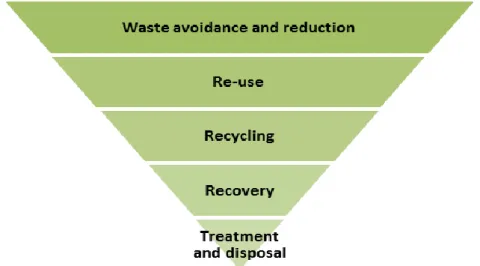
Sample and Method
There are three main ways of conducting interpretive research, namely literature search, interviewing experts in the field and conducting focus group interviews (Saunders et al., 2009). The results of the interviews were then tested against findings in the available literature (both South African and global) and other evidence where possible. The results of the interviews were thus not considered as empirical findings, but as heuristic guidelines that helped in further research of the topic.
Design
Each stakeholder group question set was uniquely designed to gain insight into each individual group's responses to key concepts surrounding the research questions; most of these questions were similar or had similarities, and connected to the questions asked of the other groups. For example, the questions asked of the industry were very specific as they gauged the industry's awareness of (a) the concept of RECP and their perception of the methodology, (b) what the level of technical competence was within their companies and what they believed could take them to the next level of competence in this area, (c) their knowledge of whether incentives were actually available to help with implementation and how the RECP program could create jobs, and (d ) what initiatives existed outside RECP (of which they knew) to provide a platform of environmental excellence. The questions, therefore, were designed to gain insight into whether the government understood industry needs, whether financial support was available for industry to conduct RECP evaluations, and to examine how cohesive state departments worked with each other.
Ethical Considerations
The importance of RECP and business sectors as a priority for government departments such as the Ministry of Environment and the Ministry of Trade and Industry. In addition, ethical clearance has been granted by the Faculty of Business Administration Research Ethics Committee and the Higher Degree Committee of Cape Peninsula University of Technology (CPUT) to proceed with this study.
Limitations and Challenges
Were you aware of the Resource Efficiency and Cleaner Production (RECP) concept at the time of engagement with. Did you find that employees within your business were aware of the value of cleaner production and. That means leaving most of the existing high-carbon fuel reserves in the ground.
Were you aware of the Resource Efficiency and Cleaner Production (RECP) concept at the time of your engagement with NCPC-SA? Did you find that employees within your business were aware of the cleaner production assessment and the concept of RECP?. We briefed them on the evaluation of cleaner production and its potential business benefits.
I think it's a lack of commitment that can be identified right from the start of the program.
